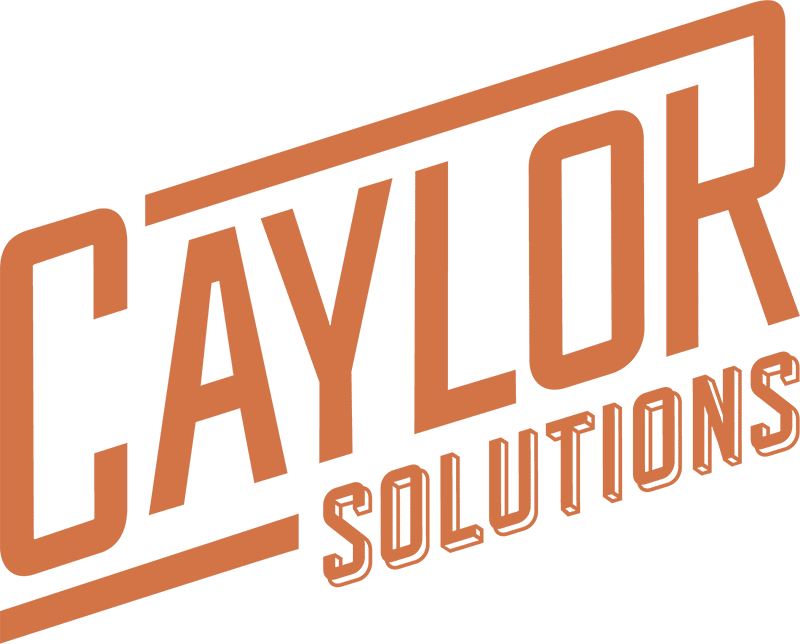As a higher-ed marketing professional, you probably feel constant pressure to do more.
The reason is simple. Your school could always use more students than are currently enrolling, and you are aware of all those you could reach if only you could expand your marketing efforts.
When it comes to scaling your strategy, however, most marketing departments face two challenges. First, the resources needed to increase your marketing efforts are limited. Second, there are so many things you could do, and it isn’t obvious where you should invest.
Both of these challenges point to a need to scale efficiently and strategically. In this post, we’ll explore 5 questions that will help your team do exactly that.
1. What’s your goal?
The first step is to transform that vague feeling that “we need to do more” into a concrete outcome you want to achieve that you can articulate as part of your marketing plan.
You probably already know the advice to identify goals that are SMART: Specific, measurable, achievable, realistic, and time-bound. This is a good rule of thumb for how to structure goals that can serve their purpose of guiding your action and helping you evaluate your results.
Within the bounds of being “realistic,” don’t be afraid to dream big. A question you might ask yourself is: What is an outcome that feels like a stretch and that our team would be excited to achieve?
It’s also useful to create goals that focus on things that are within your control. That’s part of ensuring they are achievable. So instead of setting a goal, for instance, of increasing applications by 10%, think about the key activities you engage in (say, personal follow-up calls) that reliably result in applications and focus on increasing those by 10%.
2. What should you scale?
You can’t do everything. So where should you focus your energy? This is probably the most important question. A decision to invest resources in one area means a decision not to invest them in another. It’s crucial to get the most out of your limited resources by investing them strategically.
So how do you do that? Carefully consider two domains:
What’s already working? Hopefully, you collect data to track the results you’re achieving from what you’re doing. This could include things like content marketing metrics and return on ad spend. It makes a lot of sense to see if you can do more of whatever is already giving you good results.
Similarly, if any parts of your current marketing strategy aren’t performing well, it may be time to stop those to free up resources that could be better used elsewhere.
What are your best opportunities? To answer this question, look for the intersection of promising marketing strategies and your untapped resources.
Have a popular creator on campus, for example? See if they can help increase awareness of your school with their audience, as one young woman did for Anglo-American University in Prague. Have an amazing professor who gives engaging lectures? Offer a mini course that lets prospects “try before they buy.”
This is a place to get creative. It helps to find inspiration from what others are doing. The Higher Ed Marketer podcast is one place to hear stories from leaders in higher ed marketing who are innovating and getting results.
Aim to identify a short list of your more effective current strategies as well as one or two new opportunities you would like to try.
3. What are your needs?
Once you have a goal in mind and have identified the areas where you want to devote more effort, it’s time to consider what you need to make it happen.
Most of your needs will fall into one of three categories:
Knowledge/expertise: Let’s say you decide you want to expand your presence by starting to post content on TikTok. Any new channel has a steep learning curve. There is the technical side of learning how the platform works as well as the strategic side of learning how to create content that does well in that context.
Staff capacity: Scaling means more hours from your staff. If you’re going to be posting TikTok content, to stick with the example, someone needs to set aside the time to create and manage it.
Tools: Maybe expanding your marketing means investing in software tools that can help you with content creation or workflow. (Software tools don’t always have to be expensive, by the way. See my recent post about budget-friendly tools for higher ed marketing.)
4. What are your resources?
This is the stage at which you need to get practical about how you can meet the needs you’ve identified to scale your marketing in the way you envision. You already have a team, whose members have certain areas of expertise, and who have access to certain tools. You also have a budget.
Don’t forget that you also have lots of other resources on campus you can tap into to leverage your team’s efforts. Under the second point above I talked about creators and professors. There are people in your community who can create (or are already creating) great content that you can use to market your school. You don’t have to create everything yourself.
You also have resources available to you outside your institution. A higher ed marketing agency can be a great partner to provide expertise and capacity to supplement your team. This can often be a much more efficient way to expand your capabilities than hiring more full-time staff. Plus, outsourcing some of your digital marketing services lets your current team members focus on their areas of greatest contribution.
5. What’s your plan?
It’s time to bring your answers to the first four questions together into an actionable roadmap forward. You’ve identified your goal and a short list of areas where you would like to either expand what you are doing or try something new. You’ve also considered what you need and the resources available to you.
An effective marketing plan should clearly set out the steps you will be taking and the resources you will be utilizing to take them.
For instance, perhaps you set a goal of increasing awareness of your graduate programs among working professionals. You decide to pursue this goal by building a presence on LinkedIn. You assign one of your current staff to set aside 15 hours each week to learn this platform, post content, and cultivate community.
Be sure to include metrics and a timeline in your plan. How will you be tracking your results? When will you assess what you are doing and make necessary adjustments to your strategy?
After the plan comes action. If you work through these questions carefully, you’ll be ready to scale strategically and see greater fruit from a more targeted and efficient use of your resources.
When You Need a Strategic Partner
As I mentioned above, it is often a smart use of your resources to bring in some outside help. My team and I have enabled dozens of schools to gain new strategic clarity and expand their capacity to hit their marketing goals.
If you’d like to have a conversation about how we might be able to help you scale, please get in touch.
Looking for Enrollment Marketing Content that Works?
You’re in luck! We’ve curated 25 awesome ideas inspired by top higher ed institutions across the country and put them in one handy guide: 25 Ideas for Great Admissions Content.

-
- 25 enrollment marketing content ideas you might never have considered before
- Guidance on how to use each one for best results
- Brief discussion on why they work to help you sell these ideas to your team
Get inspired.
Get enrollment results.
Get 25 Ideas for Great Admissions Content.
Download your copy today!
Featured image by biscotto87 via Adobe Stock












